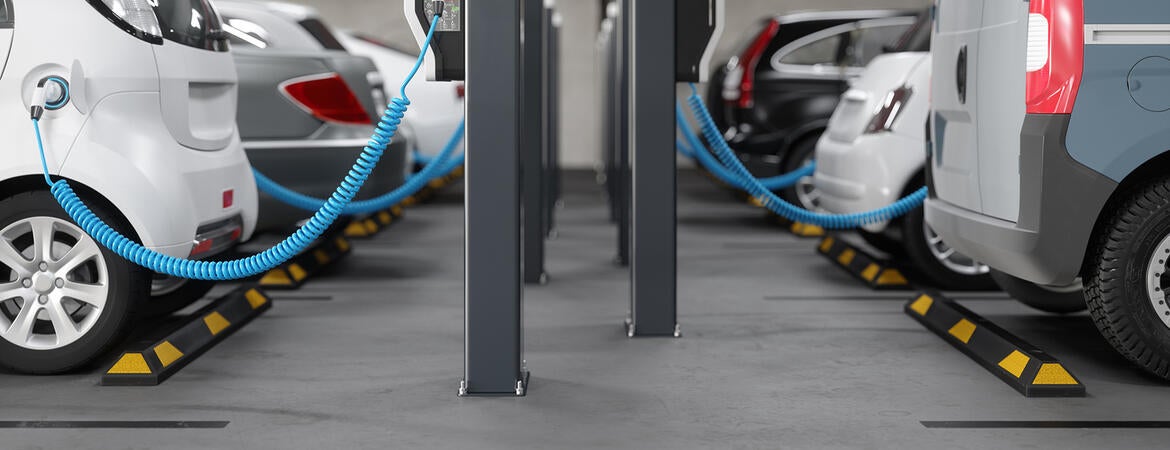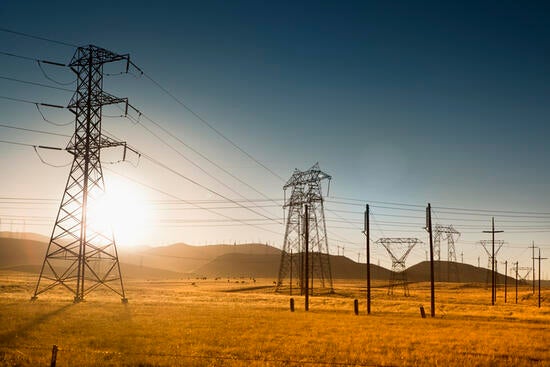
With the increasing electrification of cars, buses, trucks, buildings, and manufacturing in California, systemic, well-coordinated, proactive, collaborative, and equitable upgrades are needed for the state’s electrical grid to increase its capacity and flexibility.
These are the recommendations of a white paper entitled “California Grid Readiness: Stakeholder and Public Awareness,” published on Sept. 26 by Hamed Mohsenian-Rad and Matthew Barth, UC Riverside professors of electrical and computer engineering.
Studies cited by the authors estimate significant growth in electricity use in California in the coming decades. Grid upgrades are needed to meet the increasing demand, with necessary upgrades in both long-distance power transmission and neighborhood power distribution networks.
However, increasing capacity is just one of the grid’s overall needs. As more solar, wind, and other carbon-free sources of electricity replace fossil-fuel power plants, the timing, locations, and methods of electricity production are shifting while consumption patterns are also in flux.
“There are so many nuances in this field that we reviewed in this white paper that may not be immediately obvious to different stakeholders,” Mohsenian-Rad said. “It is good to start a dialogue on these issues and try to plan accordingly as we move forward.”
Grid upgrades and new technologies can help take advantage of peak solar production in the late morning and early afternoon; for vehicle charging stations along freeways; for more rooftop solar; to tap geothermal resources; to facilitate battery storage banks; for hydrogen fuel production; and for many other foreseeable needs described in the paper.
The grid must also become nimbler to respond to extreme circumstances caused by climate change, such as more frequent heat waves that drive up regional consumption and wildfires that force the shutdown of power lines in and near burning areas.
Grid managers must also work to protect the grid from cyberattacks aimed at customer-side resources, such as vehicle charging equipment, thermostatically controllable loads, and rooftop solar systems. Such attacks could compromise grid-connected customer-side resources with the objective of harming the reliability and stability of the electric grid, the paper says.
The white paper further discusses supply chain issues, workforce development needs, and public awareness issues.
The paper also recommends streamlining permitting processes so that upgrades can occur expeditiously. It emphasizes that upgrade investments should be transparent and equitable, also addressing the needs of disadvantaged and vulnerable communities, which are more slowly switching to electric vehicles and rooftop solar because of cost.
The paper asserts reliable and comprehensive data collection and information gathering is crucial for making informed decisions. It recommends that a single state agency gather data concerning electrification and grid readiness and oversees all policy and technical issues.
All these needs require extensive planning and coordination by all relevant stakeholders, including utilities, government, industry, community groups, and ratepayers, the paper says.
With increased electrification and new technologies coming to the forefront, the time is now for planning, collaboration, and holistic approaches, Mohsenian-Rad said.
“Even when you are thinking about issues that will arise in 10 years, you should start planning for solutions now,” he said.
The white paper was developed with oversight from the California Grid Readiness Consortium, a group of industry and government agencies brought together by UC Riverside to increase stakeholder and public awareness and identify the needs and priorities, and to encourage collaboration in grid innovations and upgrades.





